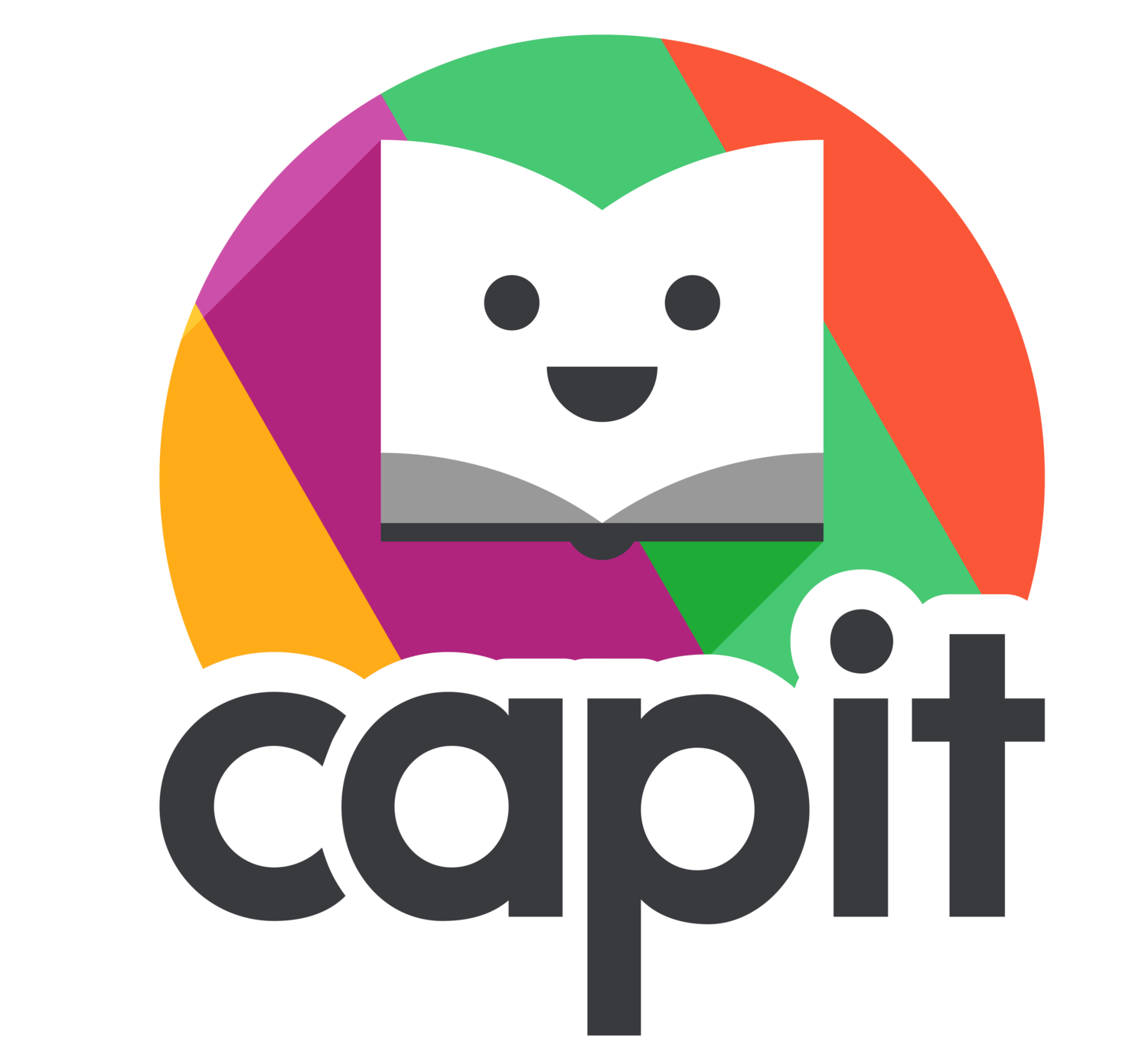The Sound-to-Print Revolution
Making Sense of the English Writing System
The Problem:
English is Undecodable
It is widely believed that the English writing system is exceptionally confusing because letters make too many sounds. For example, the letter “a” can make the sound /a/ in the word apple, the sound /ay/ in the word acorn, the sound /o/ in the word father, and the sound /ə/ in the word above (Fig. 1, be sure to click on the navigation arrows).
Most people, including reading teachers and curriculum developers, have concluded that the English writing system is therefore un-decodable.
But how do we teach an indecipherable writing system? Most teachers, and curriculums, employ a battery of strategies:
Phonological awareness exercises (manipulating syllables, rhymes, onsets, rimes, and phonemes—all done without letters);
Letter names;
Letter sounds;
Sight-Words (memorizing whole words as a whole);
Long and short vowels;
Six syllable-types;
Reading and spelling rules;
Exceptions to those rules;
Word families;
Consonant blends;
And more.
Today, most schools teach students using many of the above strategies, yet over 60% of American students struggle with reading.
The starting point of our conundrum is that letters make too many sounds in the English writing system. Students stare at a letter and wonder: “What sound does it say now?” The multiple possibilities make English appear chaotic and random. To make matters worse, letters often make no sound at all!
Below we explain our simple and elegant solution to this seemingly intractable problem.
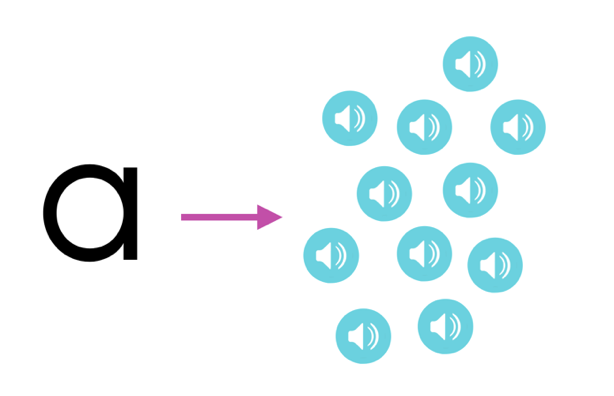

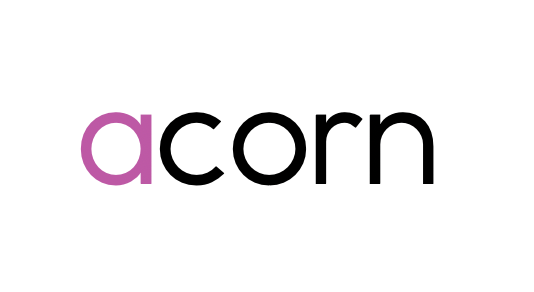
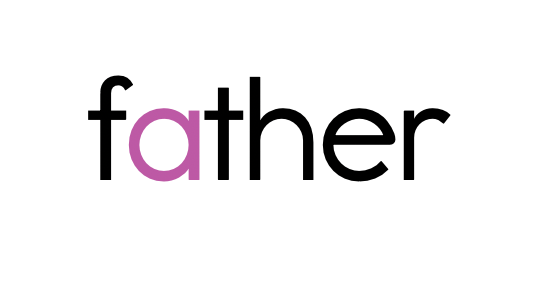
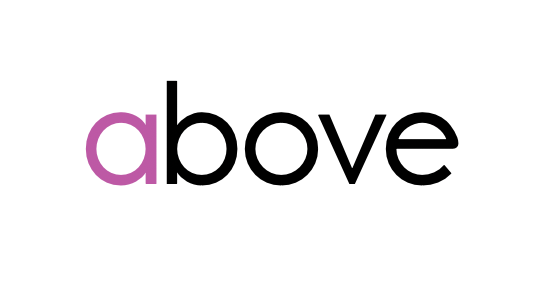
Fig. 1: In English, letters make too many sounds.
Please click on the navigation arrows.
Fig. 2: Print to Sound
The Sounds of Speech
While We begin with spoken language (Fig. 3). We all learn to talk before we can learn to read and write. When we speak English, we make specific noises with our mouths. Yes, noises! (You can call them Sounds or Phonemes to sound more sophisticated, but they’re just noises.)
Every language has a definite sound system—a group of phonemes the speaker will use in verbal conversation. How many sounds does English have? Most people have no idea. If you are thinking 26, you would be wrong. The answer is 46. It seems almost miraculous that with only 46 sounds, we can articulate more than a million words.
(In our PD, we encourage teachers to tell their students to ask their parents: “How many sounds does English have?” Now the students know something their parents do not know.)
While all traditional curriculums and phonics programs begin with letters and move from letters to sounds (Print to Sound), with CAPIT, we reverse the order and begin with sounds and move from sounds to letters.
Fig. 3: The Sounds of Speech
The Sound to Print Revolution
We took phonics and turned it on its head. We, quite literally, flipped the script (pun intended).
Think about how kids learn to read all over the country. We point to a letter on the page, and then we tell them: “This letter makes the sound…”—teachers begin with print and go from print to sound.
With CAPIT, we reverse the process.
First, we explain to students that letters on the page don’t make sounds. Only people make sounds. We can prove this by holding a book close to our ear. Do we hear a sound? Of course not, because letters don’t talk. Letters don’t make sounds!
Instead, we say a sound and then ask: “How do we write the sound down on paper?”—we begin with a sound and go from sound to print (Fig. 4).
The advantage of a Sound to Print orientation is that it helps students (and teachers) understand the logic behind our writing. Below we explain how we do this.
Fig. 4: Sound to Print
The CAPIT Sound Chart
The Periodic Table for the English Language
The CAPIT Sound Chart (Fig. 5) is the most important component of CAPIT Reading and the main reason we created the program.
We designed the Sound Chart to inform students of the simple (and elegant) nature of the English writing system, making the learning process logical and fun.
Each student has a Sound Chart, that starts empty but slowly fills up as the student collects sounds and spelling patterns.
When students finish CAPIT, their Sound Chart is full of sounds and spellings.
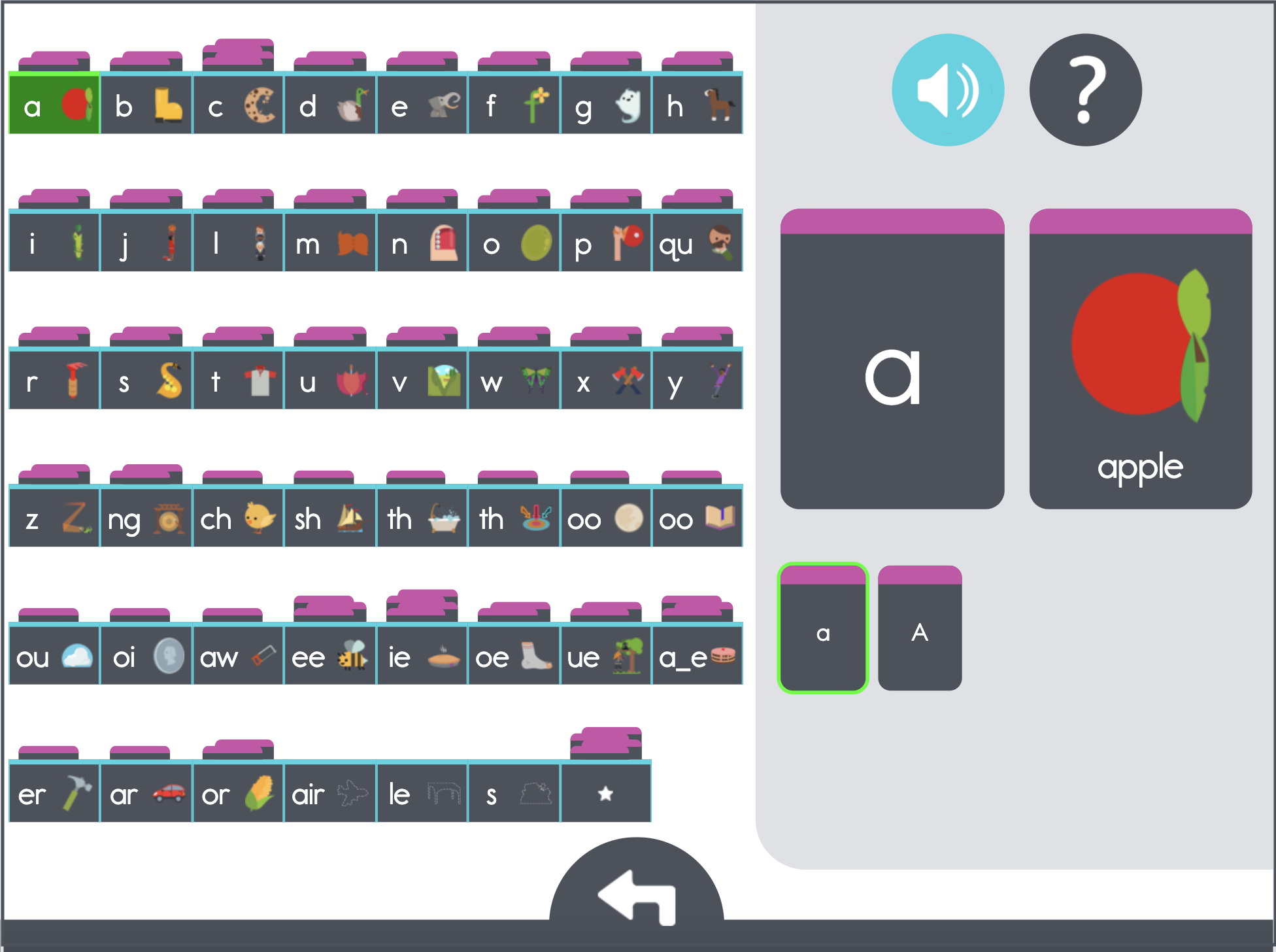

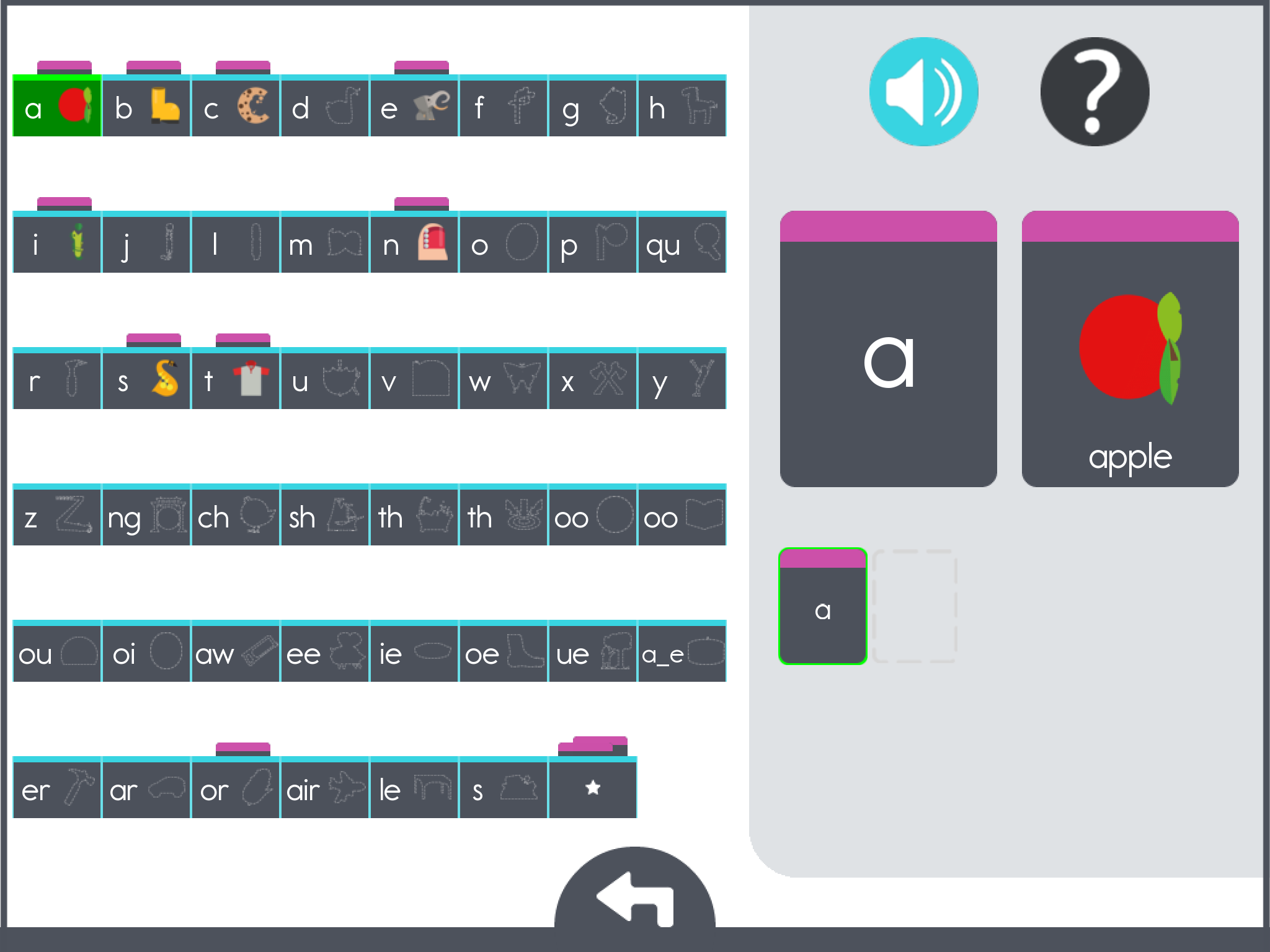
Fig. 5: The Sound Chart
The Periodic Table
We refer to the Sound Chart as the Periodic Table for the English Language (Fig. 6).
What is a Periodic Table? Scientists somehow condensed the entire known universe onto a single diagram. (How in the world do 100+ elements combine to create a universe?)
Fig. 6: The Periodic Table
Fig. 7: Sound Chart
A Periodic Table for the English Language
We did the same thing to the English Language: We condensed the entire English language onto a single diagram: the Sound Chart (Fig. 7).
But how do you put an entire language—that has more than a million words—onto a single page?
Keep reading.
The CAPIT Sound Chart
We took the 46 Sounds and placed them on the left side of our Sound Chart (Fig. 8). The entries on the left side of the Sound Chart are not letters. They are sounds.
For example, when we say the word “cat,” we hear the sound /a/. You will find the /a/ sound in the top-left corner of the Sound Chart (in green).
Now that we identified the sound, we can ask the following question: How do we spell the sound /a/ on paper?
Fig. 8: 46 Sounds on the Left Side of the Sound Chart
The /a/ Sound
In English, we can answer this question in two ways. One way to write the sound is with a circle and a line: a (Fig. 9a).
Another way we can write the sound is with three straight lines: A (Fig. 9b).
Notice three points:
a and A look nothing alike.
The letters a and A are both legitimate ways to write a single sound: /a/.
The general category is the /a/ sound; the two Spelling alternatives—a and A—are two instances of how we write the sound on paper.


Fig. 9: The /a/ sound
The /k/ Sound
Here is another example: the word “cat” also contains the /k/ sound. Students quickly learn the multiple ways we can spell this sound: c k C K (Fig. 10). They will also notice that there are two more, which they will learn in the future.
They are ch as in school and que as in unique. There are six ways we can spell the /k/ sound in English.
Remember that the general category is the /k/ sound; the spelling is how we write the sound on paper.
We can now see how a Sound to Print orientation, and our Sound Chart, helo students understand the English Alphabetic Code.
Fig. 10: The /k/ sound
Overcoming The Problem
PROBLEM: In English, letters make too many sounds.
Many have complained about English’s random writing system: “Letters in English make too many sounds.” (Fig. 11)
Precisely! If we genuinely believe that letters can talk—then it is true that letters make too many sounds. But letters don’t talk—people do! We say sounds, and then we write them down.
SOLUTION: Start with sounds and move to print.
CAPIT students learn that English is both logical and consistent. They know that English has only 46 sounds, and there are specific (and limited) ways we can spell each sound.
The Sound Chart starts off empty, but it slowly fills up. As students progress through the program and learn more sounds and spellings, they store them in their Sound Charts.
The Sound Chart is how we help students sidestep a century-old problem and demonstrate to students that English is not random. It is logical and consistent.
We then proceed to teach students all 46 sounds, and the 180+ spelling patterns.




Fig. 11: Creating Order Out of Chaos
Fig. 12: the /ar/ sound
Some sounds are easy to learn, for example, students will learn that the /ar/ sound has only one spelling: ar (Fig. 12 ).
Fig. 13: the /b/ sound
The /b/ sound has only two spellings: b and B (Fig. 13).
Fig. 14: the /v/ sound
The /v/ sound has only three spellings: v, V, and ve (Fig. 14).
Fig. 15: the /k/ sound
The /k/ sound has six spellings (Fig. 15).
English is consistent—When viewed from the correct perspective—Sound to Print!
The Sound Chart creates order out of chaos by showing students the relationships between the 46 sounds and the 180+ we spell them. Students learn these relationships one sound and one spelling at a time, and we then show them all the new words they can both read and spell with their new spelling.
The Sound Chart as a Self Teaching Tool
The Sound Chart is also used as a Self Teaching Tool.
(CLICK HERE to see our other Self Teaching Tool.)
When students struggle to read or spell a word (Fig. 16), teachers ask the magic question:
“Did you check the Sound Chart?”
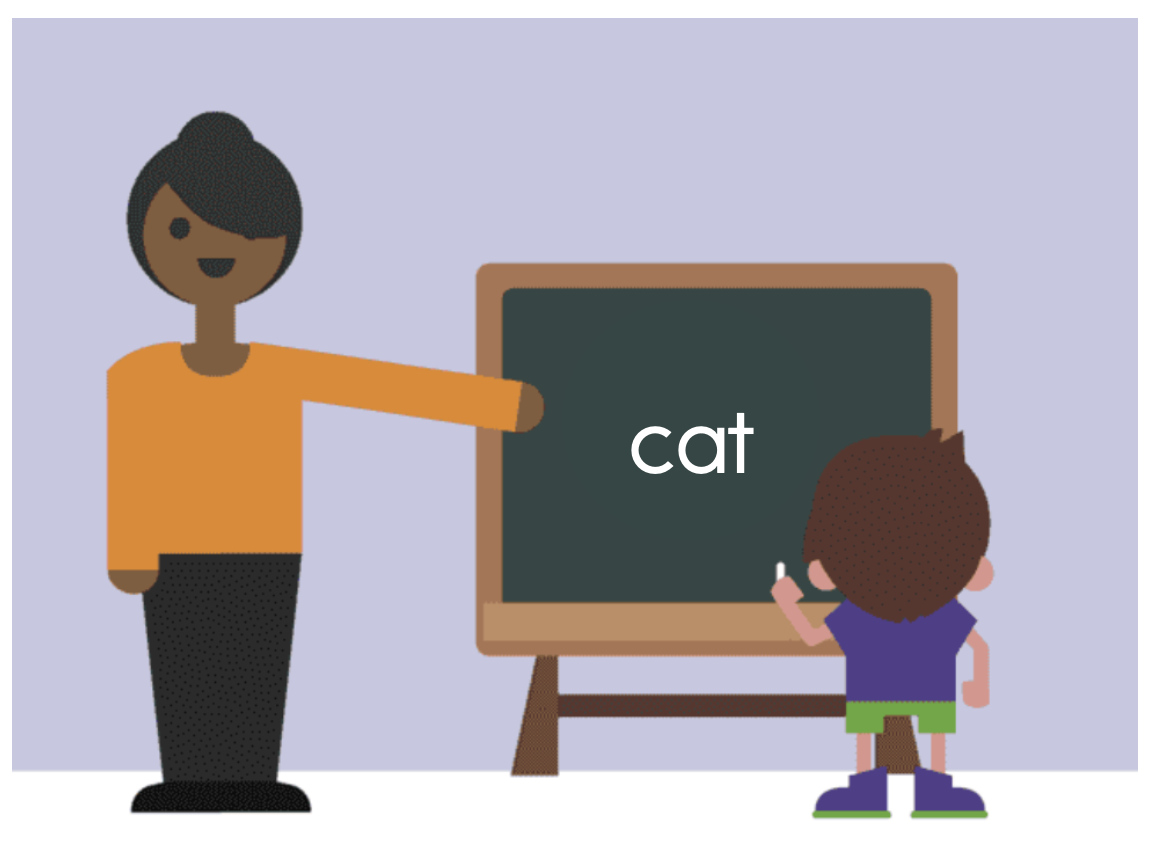
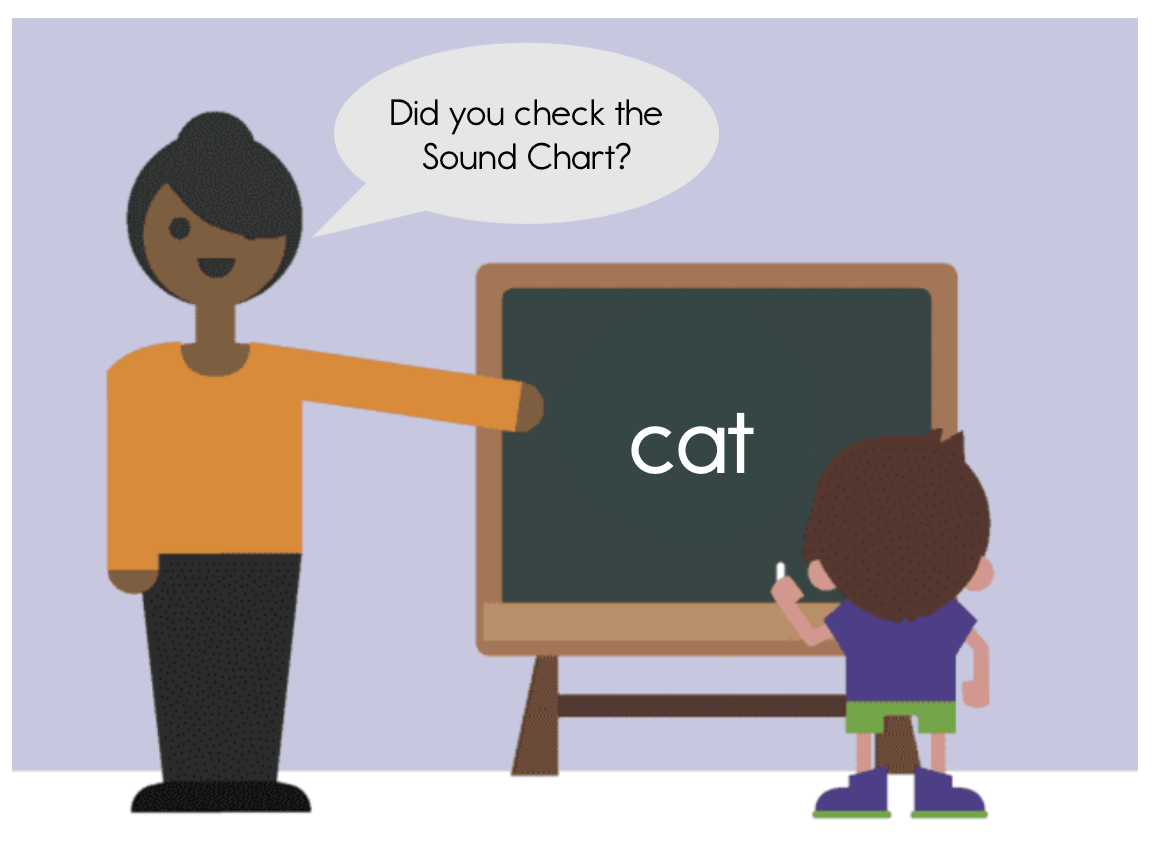

Fig. 16: The Sound Chart as a Self Teacher Tool
Checking the Sound Chart
Students will then pull down the Sound Chart and look for the sound and spelling they need to complete the exercise. Play the video to see the Sound Chart in action (Fig. 17).
Fig. 17
The Sounds and Spelling Cards
46 Sounds and 180+ Spelling Patterns
Our Sounds and Spelling Cards (Fig. 18) are an indispensable resource for CAPIT teachers and their students. Teachers use them to teach and review all 46 Sounds of the English language and all 180+ Spelling Patterns. As students’ vocabulary grows, students rely on the Sound Wall to look up sounds and complex spelling patterns.
The Sounds and Spelling Cards are part of CAPIT’s Multisensory Kit.
Fig. 18
We are happy to meet and demo the CAPIT solution and our Sound to Print approach to teaching phonics.
